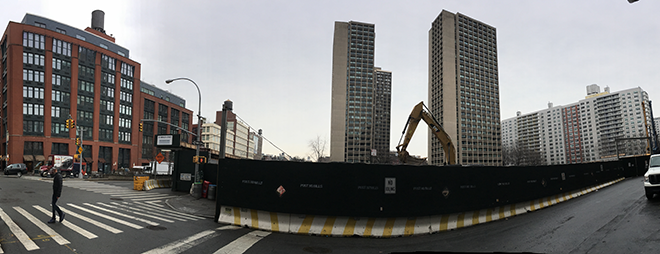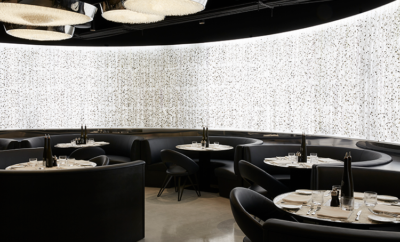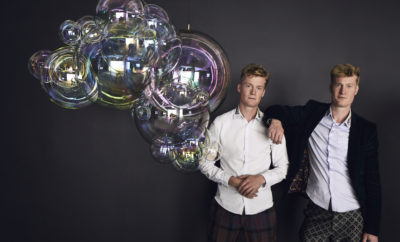
Architecture
NYU Razes and Reveals
The demolition of NYU’s Jerome S. Coles Sports Center—and the removal of the trees out front—to make way for the bigger, badder 181 Mercer Street, part of NYU’s 2031 expansion plan, comes with an . . . ahem . . . silver lining: University Village/Silver Towers, I.M. Pei and Associates’ 1966 trio of thirty-story brutalist beauties on the other side of the five-acre superblock, is almost fully visible from Mercer Street.
Evoking the pitted visage of a waffle iron, the towers are covered in grids of bedroom-sized windows, each one recessed twenty-one inches. These deep-set windows shade the interiors while also breaking up the unity of the facades, a visual trick that makes the buildings seem less massive and forbidding than other concrete goliaths. When kids play soccer around sculptor Carl Nesjar’s thirty-six-foot-high enlargement of Pablo Picasso’s 1954 Sylvette in the courtyard, the towers can even seem parental—a little like trees might have seemed to our primordial parents—protective, stoic, and somehow wise, as if possessed of the sort of celestial insight that comes from having your head closer to the stars.
This new view of the towers highlights the way they complement the slabs of Washington Square Village on the superblock to the north and contrast with the wrought iron and masonry buildings of Soho across the street to the south. New York is famous for these sorts of juxtapositions, transporting you from one century to the next—or one country to another—over the course of a few hundred feet.
181 Mercer Street, designed by Davis Brody Bond and KieranTimberlake, will be a mixed-use facility consisting of classrooms, theaters, music practice rooms, cafes, a gym, and housing. It currently has a price tag of over a billion dollars, and if it’s built all 735,000 square feet and twenty-three stories of it will rise out of the footprint of Coles Sports Center and up in front of University Village/Silver Towers.
So get down there and enjoy the view. Like everything in New York—well, everything, really—it won’t last.












